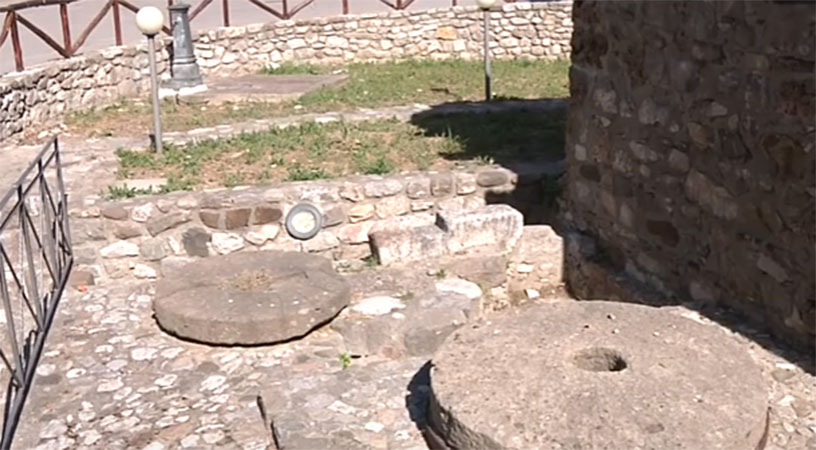
The town of Scillato offers its visitors numerous characteristic features of considerable importance.
A similar destination guarantees numerous points of interest for those who want to feel like in a sort of reproduction of Holland. Here's what to know about the town of Scillato, in order to fully appreciate its pure essence.
The mills of Scillato, a village out of the ordinary
The village of Scillato is really full of surprises and belongs to Madonie Park. It includes within it a ecological museum of the latest generation and leaves you speechless thanks to a conspicuous presence of water, due to wonderful springs. The town is dotted with deer mountains, Fanusi e Cozzo di Castellazzo and today it has about 600 inhabitants.
Brief history of Scillato and its mills
The village of Scillato is among the smaller than Sicily, but not for this reason among the least fascinating. The origins of the town seem to go back a long way, probably from the age of the Greeks and following the destruction of the city of Troy. Until 1961, it belonged to the municipality of Collesano. The first mill it would even date back to the 8th century, for a story without particular jolts and the passage between the various surrounding lordships. Regional law number XNUMX made Scillato become autonomous.
The extraordinary mills of Scillato
As mentioned previously, the real distinctive feature of Scillato is undoubtedly represented by the mills. Thanks to the latter, over the centuries, the town has experienced a strong expansion, which went hand in hand with that of Sicily. Mills they are purely inserted within other structures and most of them have been destroyed, but the goal is to ensure that they return to their former glory, at least for what concerns the remaining ones.
Anyone who wants to see the mills of Scillato can take part in itineraries special during the spring Sundays, perhaps preparing for long sessions of trekking. Asiniddaru mill it is still preserved as in ancient times, also with regard to its technical mechanism. The Paraturi mill it was still functional in the XNUMXth century and is located in the current Piazza Cesare Terranova, as well as partly serving as a garage.
Also important is the Rasu milllocated near the Mother Church and deactivated in the early XNUMXs. Among the older models, the Famunia Suttanu it is of considerable size and dates back to the end of the XNUMXth century, even if it has gone into total disuse and is submerged by plants. Finally, the Famunia Supranu it is contemporary with the Suttanu and is the only one that is located next to the structure reserved for the miller.
The mills of Scillato: here's how to experience them with complete peace of mind
Those who want to discover the mills of Scillato can participate in an itinerary organized by local associations, or even go on their own. All you need to do is prepare your backpack to take part in a truly one-of-a-kind journey. Don't miss it either mill festival, which is held in the month of August and tells a story of unaltered charm.
© Image by Ysphere purple, CC BY-SA 4.0, via Wikimedia Commons









